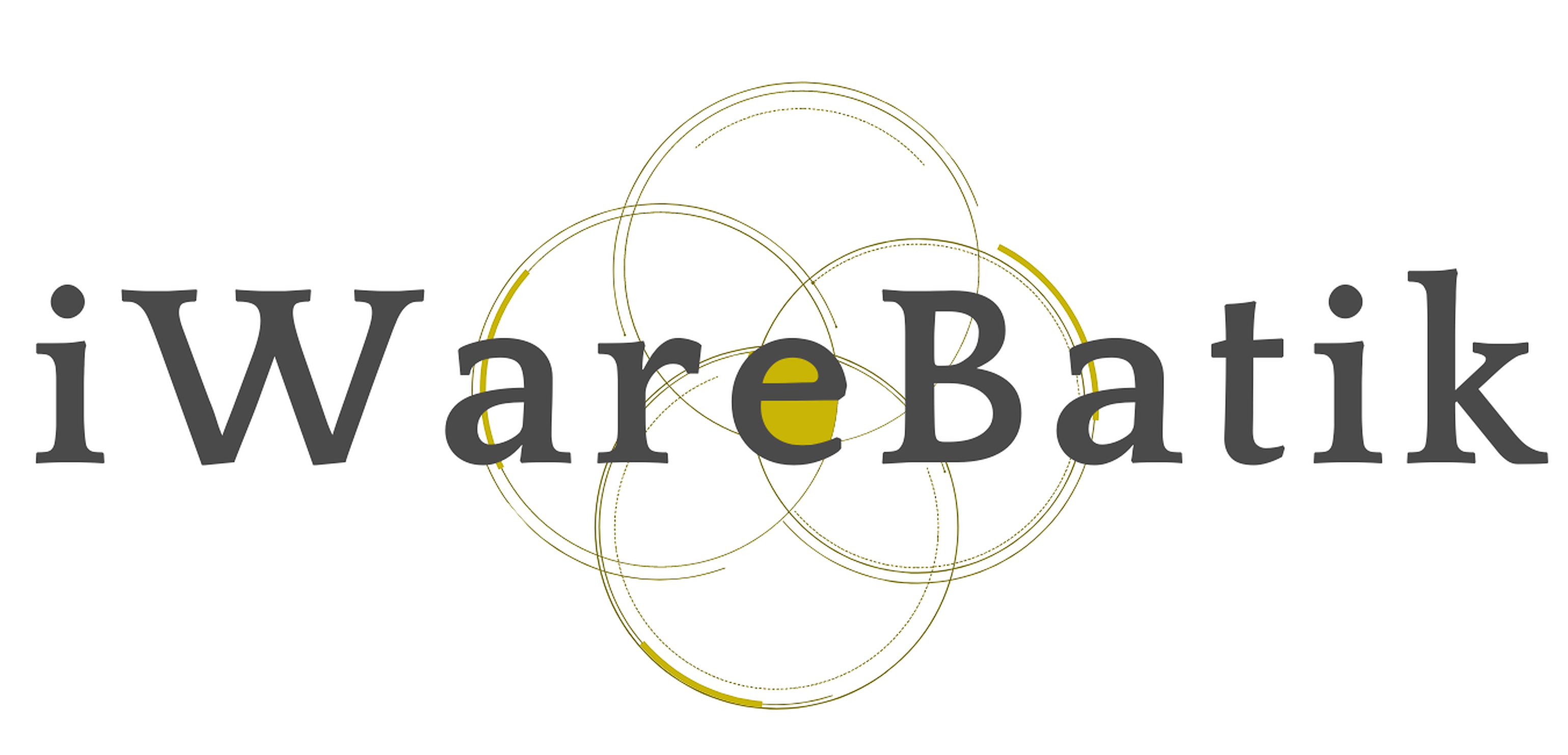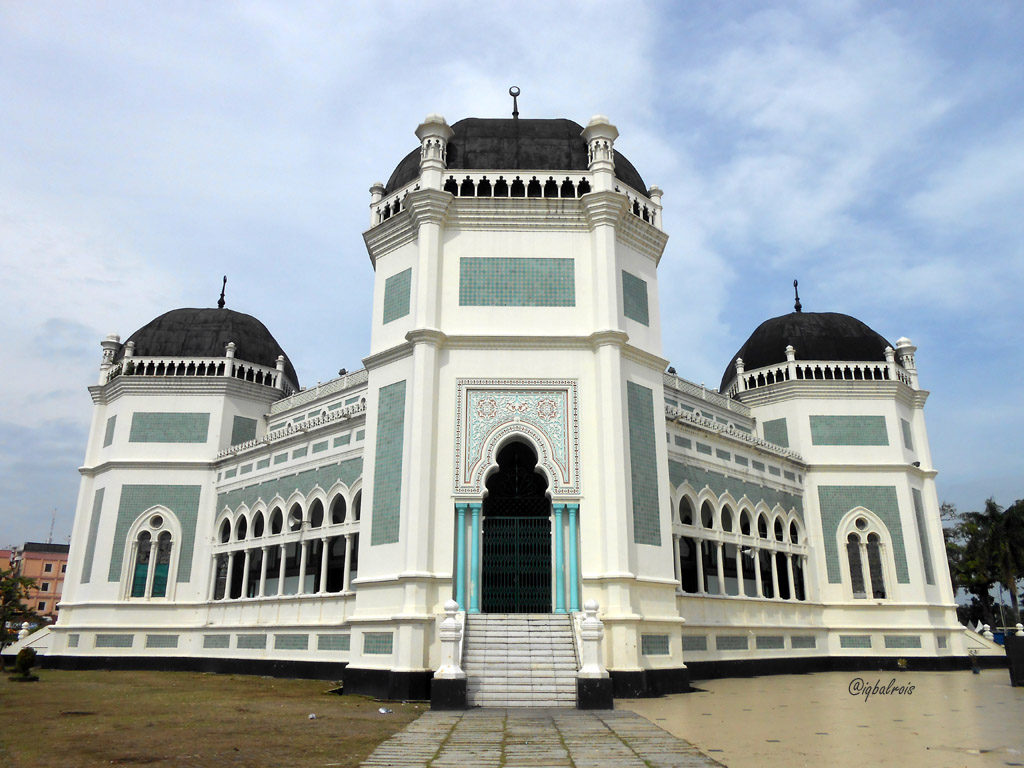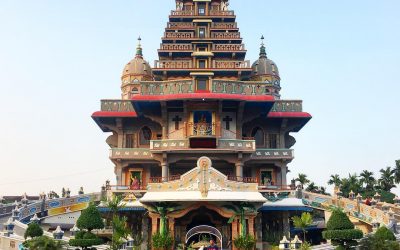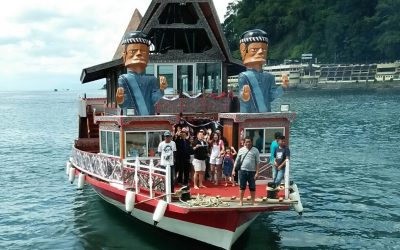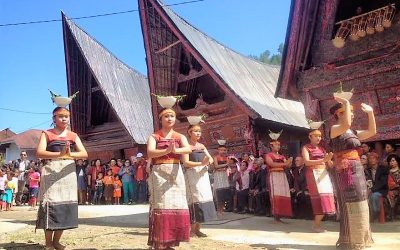Home / Batik Regions – Western Indonesia – Northern Sumatra – North Sumatra / Al Mashun Historical Mosque of Medan
Cultural Destination
Embrace the spirit of the place!
Al Mashun Historical Mosque of Medan
The historic mosque is a relic of the Sultanate of Deli. It was built during the reign of Sultan Ma’mun Al Rasyid Perkasa Alam in 1906, and it was designed by architects from the Netherlands. The historic building is an elegant mixture of Indian, European, and Malay cultures.
Tourist Attractions in North Sumatra
Maria Annai Velangkani Catholic Church
The unique church building was made for and by Catholics of Tamil Indian descendants in
Floating Batak House
The boat tours that adopt the concept of floating Batak house. With this boat,
Samosir Island – Toba Lake
This place is an ancient village that exudes a unique culture of the Batak ethnic group
North Sumatra
Batik Motifs
Desa Na Tolu
The Desa Na Tolu characteristic pattern symbolizes the Batak philosophy of existence and
Gorga Simeol-Meol
The Gorga Simeol-meol is a pattern of plant tendrils. it is regarded as a symbol of longevity and
Discover
Indonesian
Batik
Motifs
La Galigo
La Galigo is a literary work of the Buginese Epic that has 300 thousand epic lines. It is considered even
Mahkota Siger
Siger is the crown of a noblewoman in ancient time. It is a symbol of femininity, strength, and
Ukir Sentani
The Ukir motif is a batik motif that is inspired by various traditional Sentani wood carvings
Malinau Cultural Festival
You will witness a unique competition that might not be found other than in
Burung Bidadari
Bidadari birds are endemic birds in Halmahera. This motif represents an
Kawung
The Kawung motif was created by Sultan Agung Hanyokrokusumo (1593 – 1645) as a symbolic gift for
Sekomandi
Its philosophical meaning is the eternal union which refers to a saying “until death do us part”
Rumah Mamuju
the Batik motif illustrates the house of Mamuju King with the stairs, located on the left of the wooden stage house
Awan Berarak
Awan Berarak is a combination of Dayak motifs and Malay patterns. The word ‘Awan Berarak’ means the
Gumin Tambun
Based on Hindu mythology, this motif symbolizes lucks, abundant wealth, and
Daun Sirih
This motif illustrates betel leaves that are used by Lombok communities as traditional
Gedhog Kembang Waluh
a combination of Javanese cultural motif of the Majapahit kingdom (XII-XIV century) with
Pala Salawaku
This motif illustrates the unique weapons of the Maluku region, namely
Tubo Kelapa
Coconut tree is a symbol of a good character and strong mentality. It illustrates the more success a person, the more
Merak Ngeram
The hatching peacock motif has a very deep meaning which refers to the sacrifice and
Tifa Totobuang
The batik motifs illustrate Maluku’s traditional music instrument called
Dayak Kamang
Kamang motif is generally found in the Dayak tribe shield because it is believed to
Gorga Simeol-Meol
The Gorga Simeol-meol is a pattern of plant tendrils. it is regarded as a symbol of longevity and
Tanah Liek
The word “Tanah Liek” refers to clay in Minang language. It is also known as
Gonggong Beruntun
This motif illustrates that a person should maintain a positive attitude and
Honai
The Honai is inspired by the traditional house of the Papuan community living in
Lok Baintan Floating Market
As you can imagine, the most authentic thing is that you can buy things and even
Tampuk Manggis Sasirangan
The motif illustrates the philosophy of the mangosteen fruit, which is
Bomba Mawar
This motif means sacred love for family, kingdom, and God; It also illustrates
Hiu Taliyasan
Indonesia is also home to the world’s largest fish, the whale shark (Rhincodon typus). Hiu Taliyasan refers to
Sero Tangga
The Sero Tangga illustrates an endearing feeling and sacrifices of a person to fulfil
Leuit Sijimat
This motif reflects the daily activities of the Baduy tribe in Banten. The main ornaments of batik motif consist of:
Ake Patra
Ake is related to the divinity and the composition of the universe. It is a symbol of
Besurek Rembulan
This batik illustrates praise for God who created the wonderful universe
Srimanganti
The name of the Srimanganti motif is derived from Palace’s hallway that connects to
Biji Kopi
The coffee seeds motif illustrates the pride of local coffee specialities in
Bultiya
The word ‘Bultiya’ is an acronym of the three major tribes in North Kalimantan, namely
Durian Pecah
Broken Durian motifs depict the foundation of faith. The second half signifies the mastery of
Taiganja
Taiganja is a precious gold pendant that shows the social status of the Kaili family. It is
Kerawang Tegak Aceh
The Vertical Upright (Kerawang Tegak) Motif symbolizes a person who has a strong
Parang Seling
Parang Seling or “alternating daggers” is a royal batik motif. It is a feminine variant of
Pattimura
Pattimura is the name of an Indonesian hero who fought against colonialism in
Daun Lada Hitam
The black pepper motif represents the main commodity of Bangka Belitung
Pinawetengan
The Pinawetengan Batik pattern was taken from a prehistoric inscription in
Jumputan Bintang
The word Jumputan means the tie-dye technique, while the word “Bintang” refers to
Cengkeh
The clove flower motif is the main commodity of the Tolitoli Regency. This motif represents
Pohon Hayat (Tree of Life)
The Batik motifs in Lampung are dominated by the acculturation of Buddhist and
Gurdo Solo
Gurdo or garuda bird is the mount of the Indian god Vishnu. As the Sun Bird,
Angsa Duo
According to legend, the Angso duo batik motif is a pair of swans that are believed to have led Princess
Sekar Jati
Sekar means flower and Jati refers to teak trees that symbolizes a strong mental character that
Prada Papua
The word “Prada” in the Javanese-Indonesian dialect means a batik textile that
Kaharingan
The Kaharingan or ‘tree of life’ based on the Dayak tribes’ belief system. This tree symbolizes
Teguh Bersatu
This batik motif shows the strength of the people of Kupang. It also represents a sense of
Tenun Bima
The motifs are adopted from Bima woven textile. This pattern has received a great
Raja Ampat
Raja Ampat motif represents the marine life at Raja Ampat archipelago in
Jupri Kembang Teh
Kembang Teh illustrates the tendrils of tea plants that grow in the highlands of
Rangkiang
The word “Rangkiang” refers to the rice granary in the Minangkabau language. It symbolizes
Gajah Way Kambas
The motif illustrates the Lampung’s natural reserve, the Way Kambas. it also symbolizes
Pucuk Rebung Riau
Pucuk Rebung symbolizes heart determination in achieving goals, good luck, and
Tangerang Herang
Tangerang Herang motif is a symbol of Tangerang city. The Tangerang Herang batik motif consists of
Sandeq
Sandeq Boat is a symbol of the maritime importance of the West Sulawesi region. The greatness of
Gonggong Siput
Gonggong (Strombus Turturella) is one type of sea snail found around
Wakatobi
It symbolizes the coastal beauty of the Wakatobi island and the symbol of Patra symbolizes
Singayaksa
The Singayaksa motif comes from the name of a place where Sultan Hasanuddin used to
Buketan Bali
The Balinese bouquet (Buketan Bali) is a floral arrangement and the name is
Kasih Tak Sampai
‘Kasih Tak Sampai’ is an idiom in the Indonesian language which refers to
Tikar Natuna
The Tikar Natuna motif is adapted from the traditional making of pandanus mats in
Insang Ikan
Insang refers to the gills of the fish. This is a typical pattern of Malay ethnic who inhabits
Desa Na Tolu
The Desa Na Tolu characteristic pattern symbolizes the Batak philosophy of existence and
Kaganga Tanah Rejang
If Batik Besurek combines Arabic calligraphy motifs, then the Kaganga batik takes
Kuda Kupang
Horses symbolize wealth. It contains noble values of virtuous characters that bring
Salakanagara
Salakanagara batik motif illustrates the first kingdom in the Betawi land
Manguni Minahasa
Manguni is identified as the symbol of the Minahasa people. Manguni is known as a
Besurek Rafflesia
The term “Basurek” refers to a textile that contains letters or inscriptions
Ikan tambal
The word “Ikan” refers to fish. The philosophical meaning of Ikan Tambal means is
Keluak Daun Pakis
The word “Keluak” is a Minang language which means twisted or tangled. The Motif of
Daun Simpor
This motif is inspired by the Simpor plant (Dillenia Suffruticosa) which is a typical
